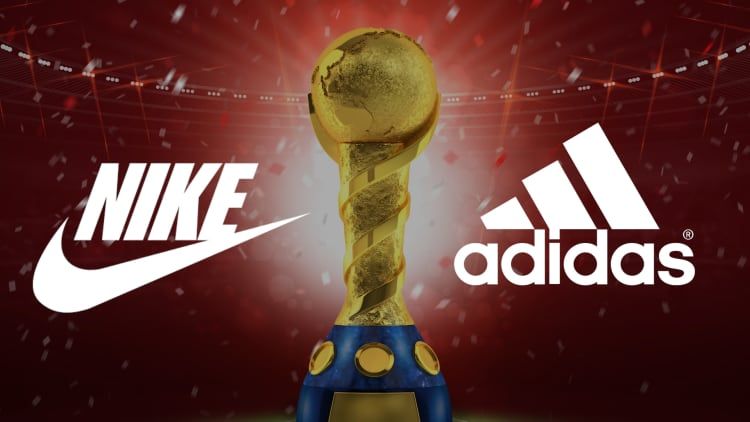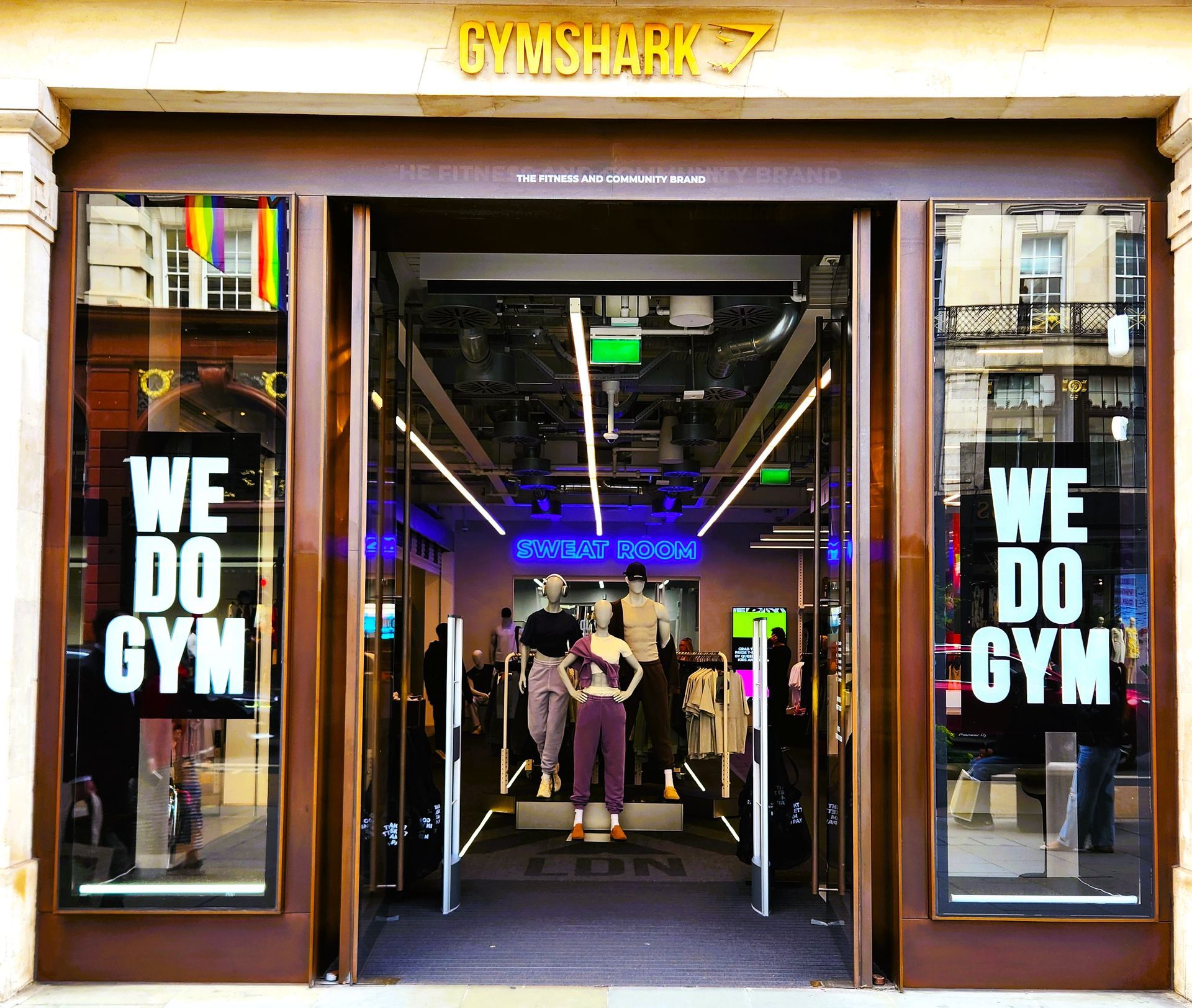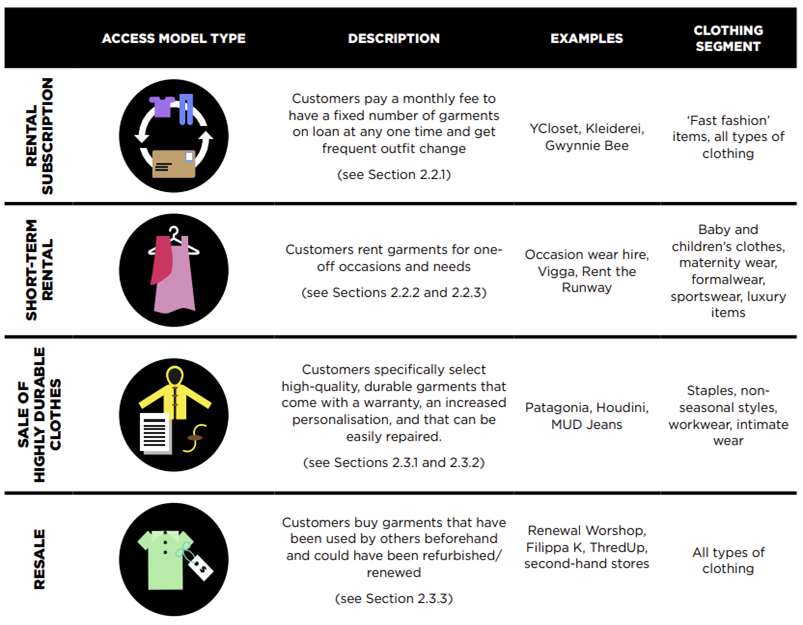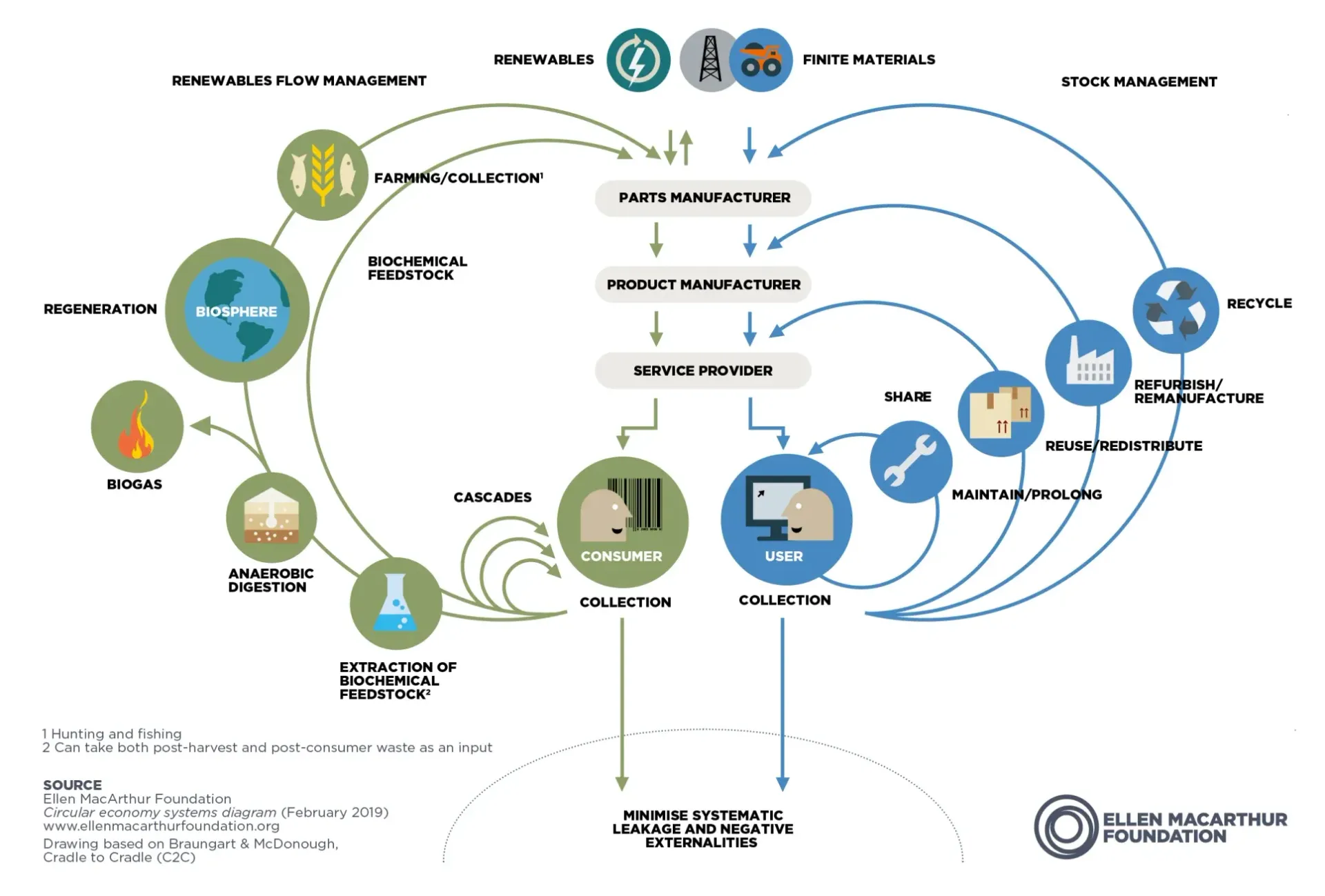ARE THE LEADERS OF THE GLOBAL SPORTS RETAIL MARKET, NIKE AND ADIDAS, LOSING GROUND?

ARE THE LEADERS OF THE GLOBAL SPORTS RETAIL MARKET, NIKE AND ADIDAS, LOSING GROUND?
The sporting goods market is on an accelerated growth path, with a projected compound annual growth rate (CAGR) of 3.9% over 2021-2026. This robust growth trajectory is expected to propel the market to a value of $222 billion by the end of 2026. Geographically, the market is dominated by Asia-Pacific (41%), followed by Europe (29%) and the United States (25%). These regions are pivotal for future expansion, serving as critical battlegrounds for market share.
Nike Inc. and Adidas AG, the two giants of the global sports retail market, have long been at the forefront of this industry. Nike, in particular, has maintained its unassailable position, with its business revenue surpassing the monumental $50 billion mark in the last financial year (2023). This figure dwarfs the income of its closest competitor, Adidas, which reported €21.4 billion for FY 2023. Despite recent signs of a performance slowdown, Nike’s market position remains robust and largely unchallenged.
Despite a 5% revenue decrease last year compared to 2022 (0% on a currency-neutral basis), Adidas is optimistic about its future. The executive team projects high single-digit growth of 8%-10% for 2024, a potential rebound that could mark Adidas’s best performance in four years. This positive outlook, however, would still fall short of Adidas's 2019 performance, which saw revenues of €23.6 billion, underscoring the challenges it faces in regaining its previous position.
In contrast, Nike’s Q3 2024 financial results revealed a modest 2% year-on-year growth. Investors and markets have noted that this growth falls short of expectations, marking the lowest performance in the last four years. Additionally, considering Converse's 13% year-on-year decline, a brand within Nike Inc.'s portfolio, the group’s overall growth in Q3 2024 would be flat.
The underperformance of Nike and Adidas can be attributed to various factors. These include strategic distribution decisions with wholesale retailers, excess old inventory, and global geopolitical and economic conditions such as currency fluctuations, high inflation, supply chain challenges, and the ongoing conflict in Ukraine.
It is important to note, however, that other players in the sports market have faced similar global challenges without experiencing the same level of impact, highlighting the unique challenges faced by Nike and Adidas and the need for a nuanced analysis of their performance.
A critical analysis suggests that some underlying reasons for Nike and Adidas's slowdown include a lack of product innovation, limited new product development, diminished local community engagement, and a failure to connect deeply with new generations, such as Gen Z, compared to their competitors. This failure to resonate with younger consumers is particularly concerning, given this demographic's increasing purchasing power and influence.
Conversely, leading sports wholesale retailers, such as the UK-based JD Sports and the US-based Dick’s Sporting Goods, have demonstrated consistent growth in recent years. JD Sports achieved a notable 12% growth in 2023, reaching a total year revenue of £10.1 billion for the first time. Meanwhile, Dick’s Sporting Goods reported a 5% year-on-year growth in Q3 2024, with a 52-week outlook projecting a final growth of 6%, achieving a revenue milestone of $13.1 billion.
The impressive performance of these wholesale retailers can be attributed to their robust and balanced brand portfolios. These portfolios include not only Nike and Adidas but also other emerging and established brands such as Puma, Asics, Lacoste, BOSS, On Sports, and Gymshark, among other relevant players in the sports and lifestyle markets. This diversification has enhanced their growth and mitigated risks associated with consumer product trends and brand momentum.
Moreover, while Adidas and Nike remain critical to these retailers' sales, other sports and lifestyle brands are gaining market share, particularly among Millennial and Gen Z consumers. For instance, Puma, the other giant German-based sporting goods manufacturer and third global brand leader after Adidas, grew by 1.6% in 2023 (6.6% on a currency-neutral basis).
Puma experienced double-digit growth in EMEA and Asia (especially China), compared to Nike’s low-digit growth and Adidas’s zero growth in these regions. Given that Asia and Europe hold the first and second ranks in the global sports market share, these regions serve as significant brand trends and consumer preference indicators.
Another excellent sports brand performance to follow is the Switzerland-based company ON Holding AG. Established in 2010 as a sportswear and running focus brand, On saw a total revenue of approximately $2Bn (1,8Bn CHF) in 2023, representing a growth of 46,6% vs 2022 (55% on a currency-neutral basis). Following the analysis review of Puma's regional performance, On experienced a sales increase of 35% in EMEA, 96% in Asia-Pacific and an extraordinary 61% in the Americas.
While On's room for growth is not comparable to mature and consolidated brands like Adidas and Nike, its performance indicates consumer trends, specifically in footwear, the most relevant category at On. This category saw a revenue increase of 47%. One of the most critical features of On's success is its product innovation and creative design in footwear.
In conclusion, while Nike and Adidas continue to lead the global sports retail market, they are undeniably facing significant challenges and increasing competition. Their current trajectories indicate that relying solely on past strategies will not suffice in maintaining their market dominance.
Both companies must prioritise innovation, enhance product development, and deepen their engagement with local communities and new generations to remain at the forefront. The rise of other brands and wholesale retailers' robust performance underscores the market's dynamic nature and the necessity for continuous adaptation and strategic agility.
Nike and Adidas must address their internal inefficiencies and proactively engage with evolving market trends and consumer behaviours. This approach will be essential for sustaining their leadership positions and driving future growth. As the market continues to grow, the ability to innovate and connect with consumers on a deeper level will determine success in the competitive landscape of the global sports retail market.
All Rights Reserved | Retail Consulting & Advisory Services Ltd.
Ismael Gonzalez - Founder and Managing Director
© 2022 Retail Consulting & Advisory Services LTD. Company Registration Number 14234794. Privacy Policy









